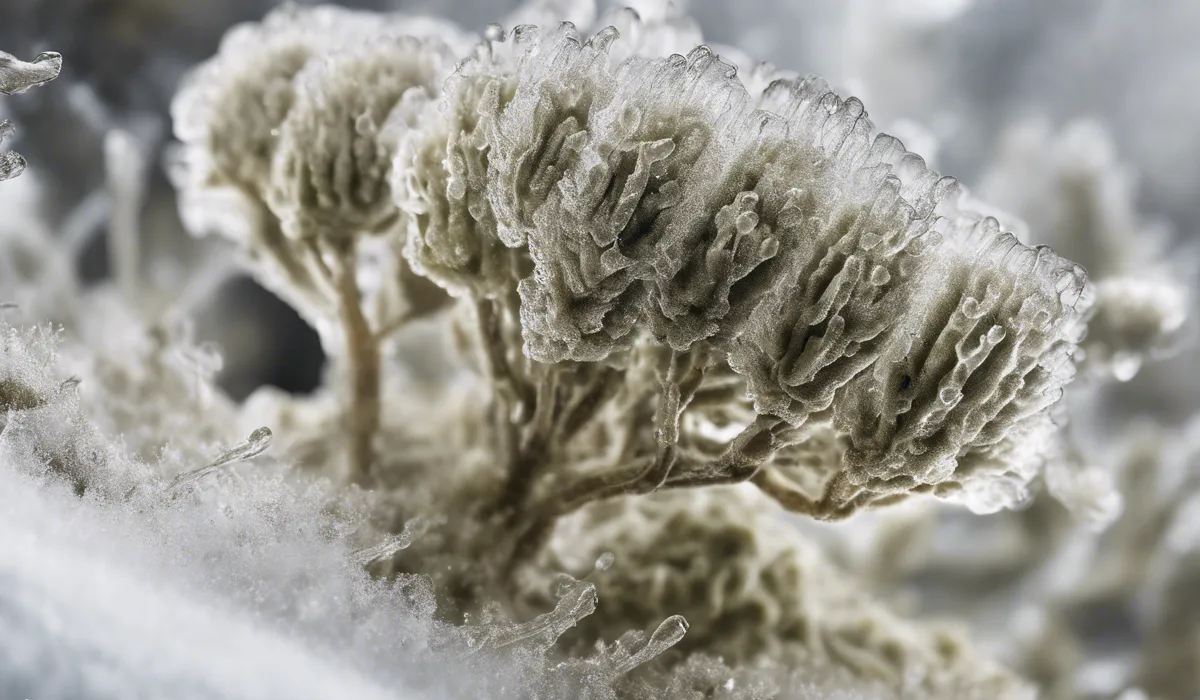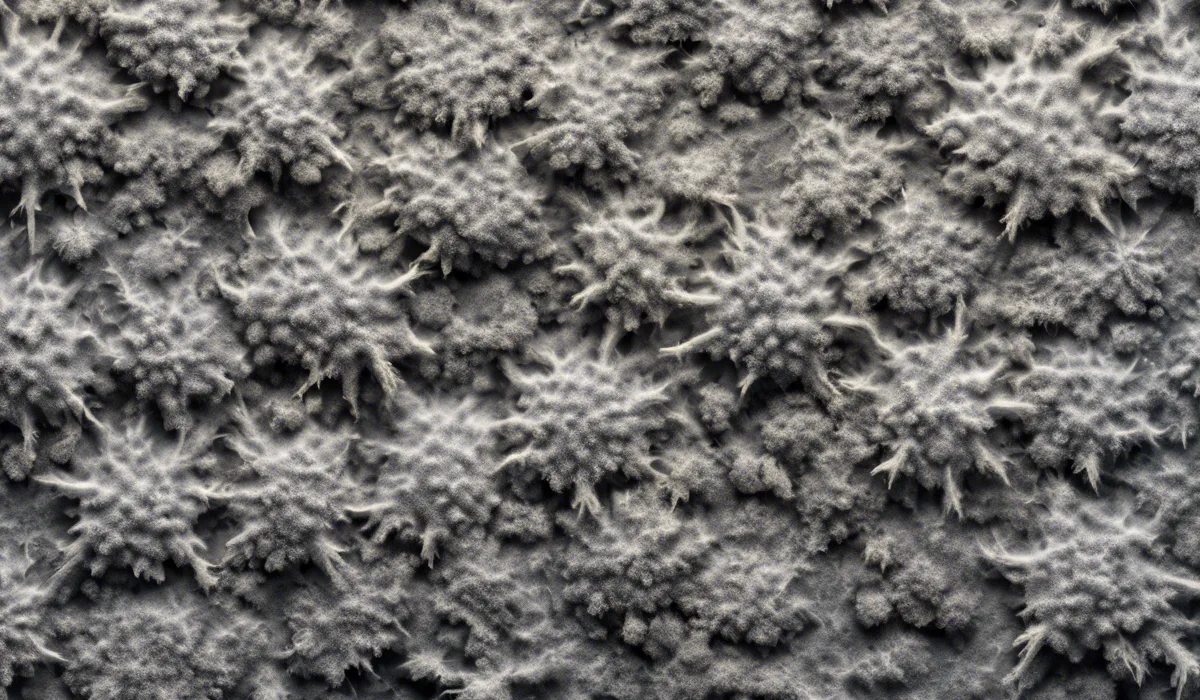Mold can grow in cold environments but does so more slowly. Optimal mold growth typically occurs between 77°F and 86°F (25°C and 30°C). However, some mold species are adapted to thrive at temperatures as low as 32°F (0°C).
Understanding Mold and Its Growth Conditions

What is Mold?
Mold is a type of fungus that can be found both indoors and outdoors. It is made up of tiny organisms that play a crucial role in nature by breaking down dead materials.
Mold comes in various colors, including black, white, green, or purple, and it reproduces by creating spores that travel through the air.
Optimal Conditions for Mold Growth
Mold thrives in warm, damp, and humid conditions. The ideal temperature for mold growth is between 77°F and 86°F (25°C and 30°C).
It also needs moisture to grow, which can come from high humidity, leaks, or condensation.
Organic materials like wood, paper, or fabric can provide food for mold, helping it to spread.
Misconceptions About Mold and Temperature
Many people believe that mold cannot grow in the cold, but this is a misconception. While mold growth slows down in colder temperatures, it does not stop altogether.
Some molds are specially adapted to grow in cold environments and can remain dormant in harsh conditions, only to become active again when temperatures rise.
Mold Behavior in Cold Environments

Mold Species That Can Grow in the Cold
There are specific mold species that are well-suited to cold environments. For example, Cladosporium and Penicillium can grow at temperatures as low as 32°F (0°C).
These molds can be found in refrigerators, on exterior walls, and in other chilly places.
How Temperature Affects Mold Growth Rate?
Temperature plays a significant role in the rate at which mold grows. The colder the environment, the slower the growth rate of the mold.
However, even in cold settings, if there is enough moisture and food, some mold can still grow, albeit at a slower pace compared to warmer conditions.
Examples of Cold Environments Where Mold Can Be Found
Mold can be found in various cold environments such as basements, garages, and attics during the winter months.
It can also grow in seasonal cabins or cottages that are closed up and unheated for part of the year, as well as on the insulation of exterior walls where thermal bridging creates condensation.
Prevention and Control of Mold in Cold Climates

Importance of Moisture Control
Controlling moisture is key to preventing mold growth. This can be done by fixing leaks, ensuring good drainage around the building, and using dehumidifiers in damp areas.
It’s important to keep indoor humidity levels below 60% to discourage mold growth.
Ventilation and Insulation Strategies
Proper ventilation helps to reduce moisture and prevent mold growth in cold climates. This includes using exhaust fans in bathrooms and kitchens and ensuring attics and crawl spaces are well-ventilated.
Good insulation helps to maintain a consistent temperature inside the building, reducing the risk of condensation and mold growth.
Regular Maintenance and Monitoring Practices
Regularly inspecting your home for signs of mold and moisture can help prevent mold issues. This includes checking for water stains, musty odors, and visible mold growth.
Cleaning and maintaining HVAC systems and replacing filters can also help control mold in cold climates.
FAQs About Mold Growth in Cold Environments
Can mold grow in cold temperatures?
Yes, mold can grow in cold temperatures, but it grows more slowly than it does in warmer conditions.
What is the optimal temperature range for mold growth?
Optimal mold growth typically occurs between 77°F and 86°F (25°C and 30°C).
Can mold grow at freezing temperatures?
Some mold species are adapted to thrive at temperatures as low as 32°F (0°C), which is the freezing point of water.
Is mold growth completely stopped in the cold?
No, mold growth is not completely stopped in the cold; it just occurs at a slower rate.
Does refrigeration prevent mold from growing on food?
Refrigeration slows down mold growth on food but does not completely prevent it, as some molds can still grow at these lower temperatures.
Final Thoughts
While mold can grow in cold environments, it proliferates more slowly than in warmer conditions.
Mold prefers temperatures between 77°F and 86°F (25°C and 30°C) for optimal growth. Nevertheless, certain mold species are capable of growing at temperatures as low as freezing point, 32°F (0°C).
